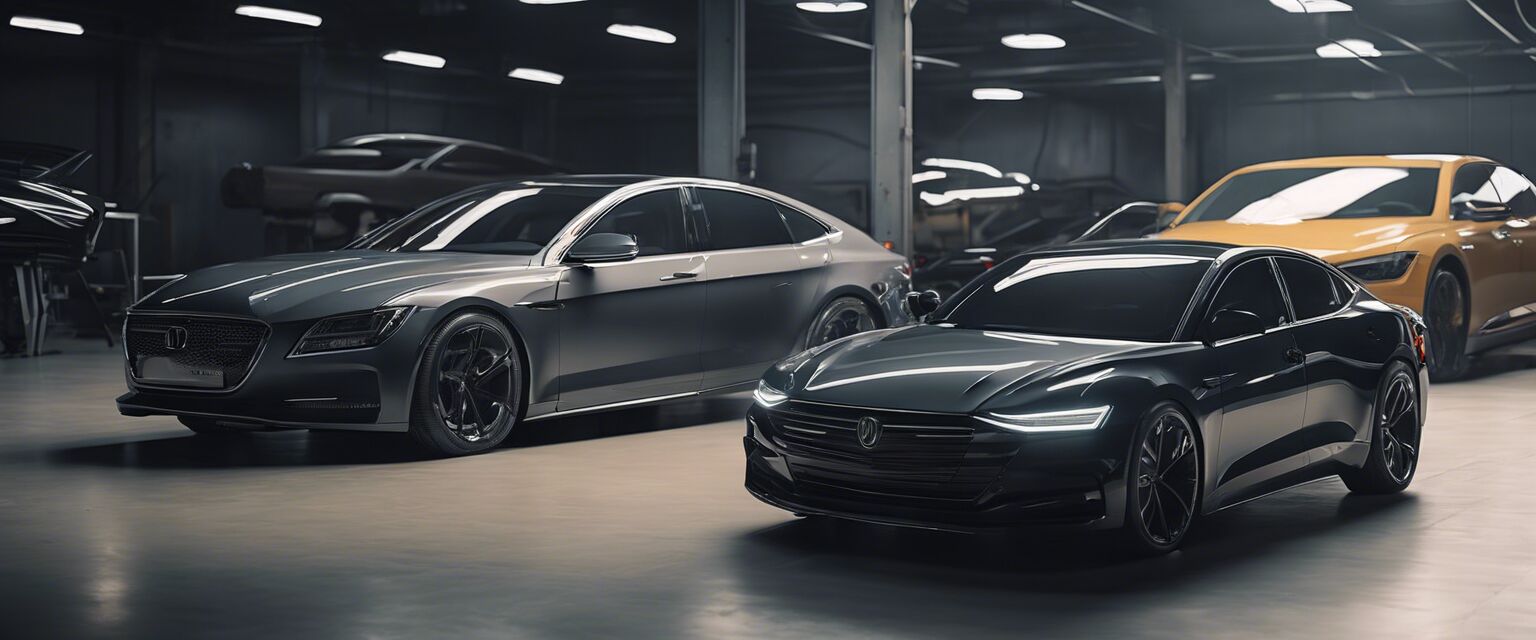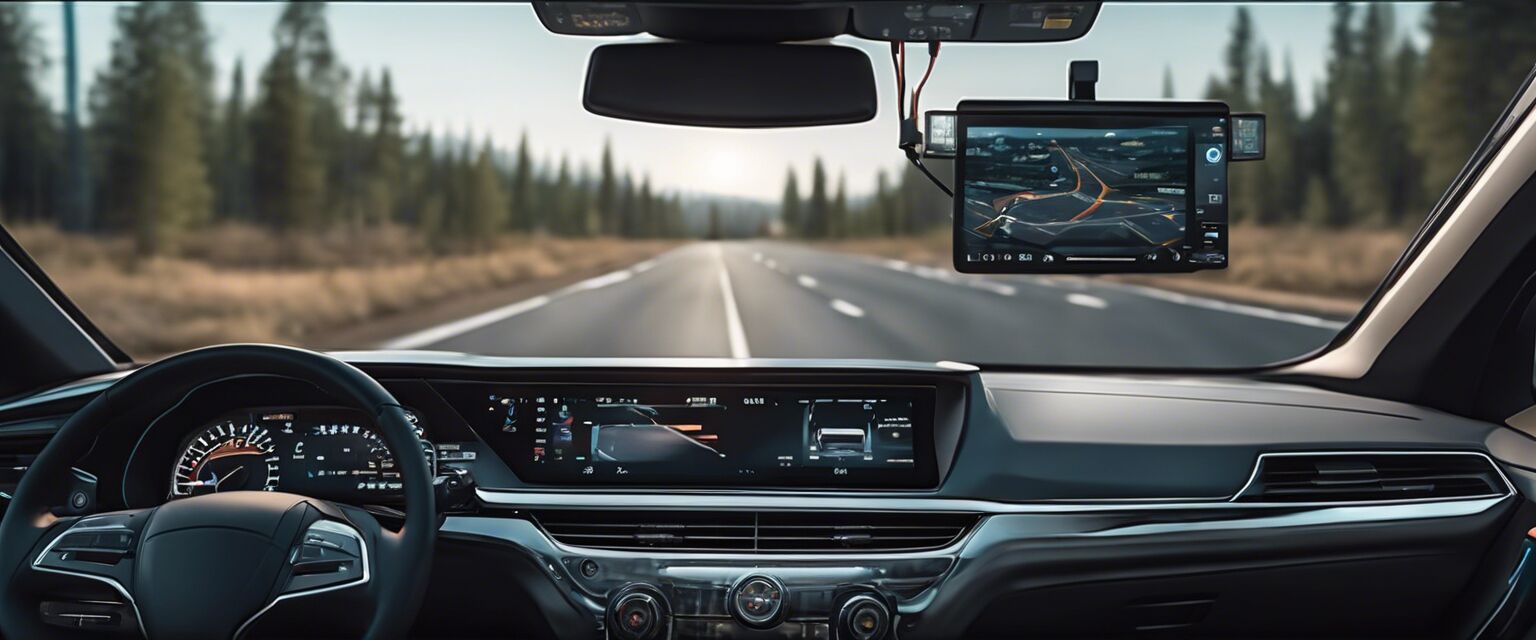
Headrest Car Video Systems
Key Takeaways
- Headrest car video systems enhance travel comfort for passengers.
- They provide entertainment options for long journeys.
- Installation is usually straightforward and can fit various car models.
- Consider features like screen size, resolution, and connectivity.
Headrest car video systems are becoming increasingly popular in modern vehicles, offering a blend of comfort and entertainment for passengers. Whether you're taking a long road trip or just commuting, these systems can significantly enhance the travel experience. In this article, we'll explore the features, benefits, and considerations when choosing the best headrest car video systems for your vehicle.
What are headrest car video systems?
Headrest car video systems are multimedia devices integrated into the headrests of vehicle seats. They typically include screens that display video content and may have additional features such as audio output, game compatibility, and USB or HDMI connectivity. These systems are designed to keep passengers entertained during long drives, making them a popular choice for families and travelers.
Benefits of headrest car video systems
- Provides entertainment for passengers, especially children.
- Reduces boredom and enhances the overall travel experience.
- Offers options for movies, games, and music.
- Can be connected to various devices for content streaming.
Key features to consider
| Feature | Description |
|---|---|
| Screen size | Larger screens enhance viewing experience, especially for movies. |
| Resolution | Higher resolution provides clearer and sharper images. |
| Connectivity | Options like HDMI or USB allow connections to various devices. |
| Audio options | Built-in speakers or headphone jacks for private listening. |
| Mounting style | Easy installation and compatibility with different vehicle models. |
Types of headrest car video systems
Headrest car video systems can be categorized based on their design and features. Here are the common types:
- Built-in systems: Integrated directly into the vehicle's headrest.
- Universal systems: Compatible with most vehicles and can be easily installed.
- Portable systems: Can be removed and used in different vehicles.

Installation tips
Beginners Section
- Read the user manual thoroughly before installation.
- Check compatibility with your vehicle's headrest.
- Gather all necessary tools before starting the installation.
- If unsure, consider professional installation to avoid damage.
Comparing headrest car video systems
| Brand | Screen Size | Resolution | Connectivity | Price Range |
|---|---|---|---|---|
| Brand A | 10.5 inches | 1080p | HDMI, USB | $200 - $300 |
| Brand B | 12 inches | 720p | USB, wireless | $150 - $250 |
| Brand C | 9 inches | 480p | USB | $100 - $200 |
Pros and cons of headrest car video systems
Pros
- Enhances travel experience.
- Easy to use and install.
- Wide variety of entertainment options.
- Can keep children occupied during long trips.
Cons
- May require professional installation for built-in systems.
- Can be expensive depending on features.
- Limited viewing angle for some models.
Conclusion
Headrest car video systems are a fantastic addition to any vehicle, providing entertainment and comfort for all passengers. By considering the key features and types available, you can select the best system to suit your needs. Whether you choose a built-in, universal, or portable option, these systems promise to enhance your travel experience.

Further Reading
Explore more about car video systems with our related articles:








